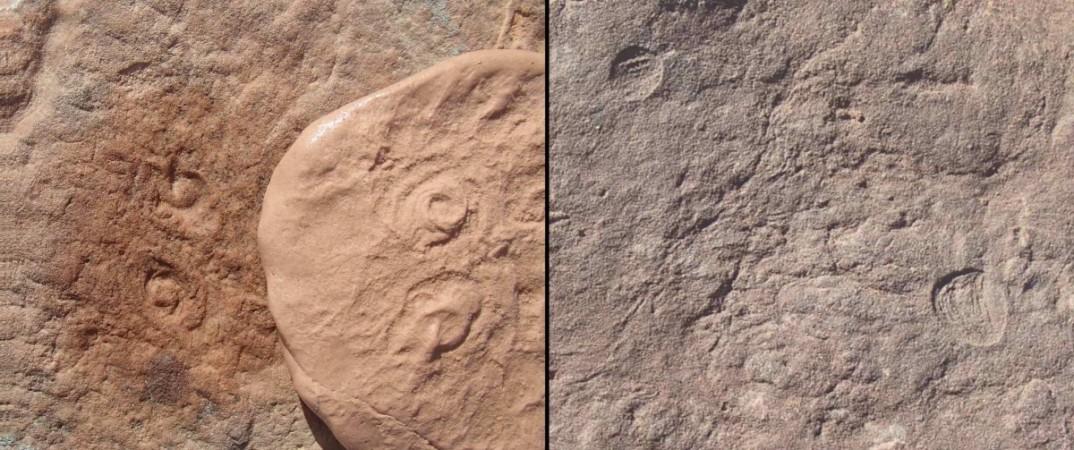
Scientists have recently discovered the fossil of a tiny, disc-shaped ancient sea creature and bestowed it with the honour of being associated with the former President of the United States, Barack Obama.
The aquatic creature, which lived in the ocean around 500 million years ago, has been given the scientific name, Obamuscoronatus. Scientists have chosen this name in order to acknowledge Obama's love and passion towards science.
While we don't have to explain 'Obamus,' the latter part of the name, 'coronatus' means 'crowned.' The newly discovered fossil is of an animal, which used be near about 1/2 inch in length and had raised coiled grooves on its surface.
As per the scientists at the University of California-Riverside, it is most likely that the creature had spent all its life underwater, on the ocean floor. They also believe that it's possible that the sea creature had never moved in its entire life.
Along with Obamus coronatus, the scientists also found out the fossil of another small sea creature and named it Attenborites janeae to honour the British naturalist and broadcaster Sir David Attenborough. He is also widely known for his enthusiasm towards science and support of paleontology.
On the other hand, 'janeae' refers to the co-owner of the property where both fossils were discovered, Jane Fargher.

Sir David Attenborough already has a number of animals named after him, including a weevil, a fish, a 100-million-year-old damselfly and more.
According to the scientists, these creatures were two of the earliest animals that existed in our home planet. They both were discovered from a well-preserved fossil bed in a southern Australia mountain range.

"I've been working in this region for 30 years, and I've never seen such a beautifully preserved bed with so many high quality and rare specimens, including Obamus and Attenborites," stated one Mary Droser from the University of California-Riverside. Droser is a palaeontologist and also the lead author of the studies, which have been published on Australian Journal of Earth Sciences.
"The two genera that we identified are a new body plan, unlike anything else that has been described. We have been seeing evidence for these animals for quite a long time, but it took us a while to verify that they are animals within their own rights and not part of another animal," added Droser.















